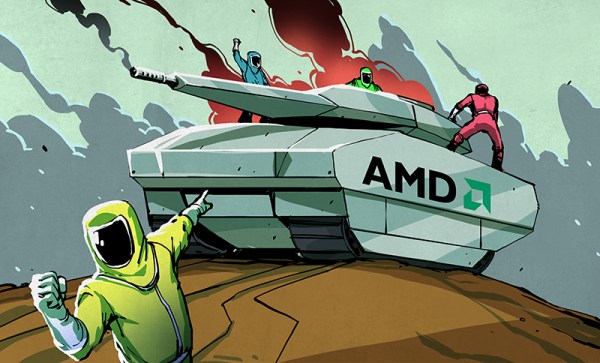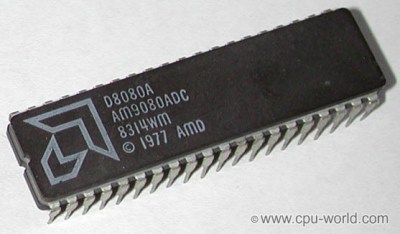If you’ve ever had to suffer through a call tree and a 9,000 hour wait on hold to cancel a subscription, we have good news for you if you live in the United States. The Federal Trade Commission (FTC) has just finalized a rule that will “make it as easy for consumers to cancel their enrollment as it was to sign up.”
The announcement of the proposed rule came in March 2023 and was followed up by 16,000 comments from the public. Complaints to the agency about negative option and recurring subscription services have been rising from 42 per day in 2021 to 70 per day in 2024.
Commission Chair Lina M. Khan says, “The FTC’s rule will end these tricks and traps, saving Americans time and money. Nobody should be stuck paying for a service they no longer want.”
The rule will take effect 180 days after entering the Federal Register. If you’re curious about other ways we can hold tech companies accountable, Cory Doctorow has some ideas.














